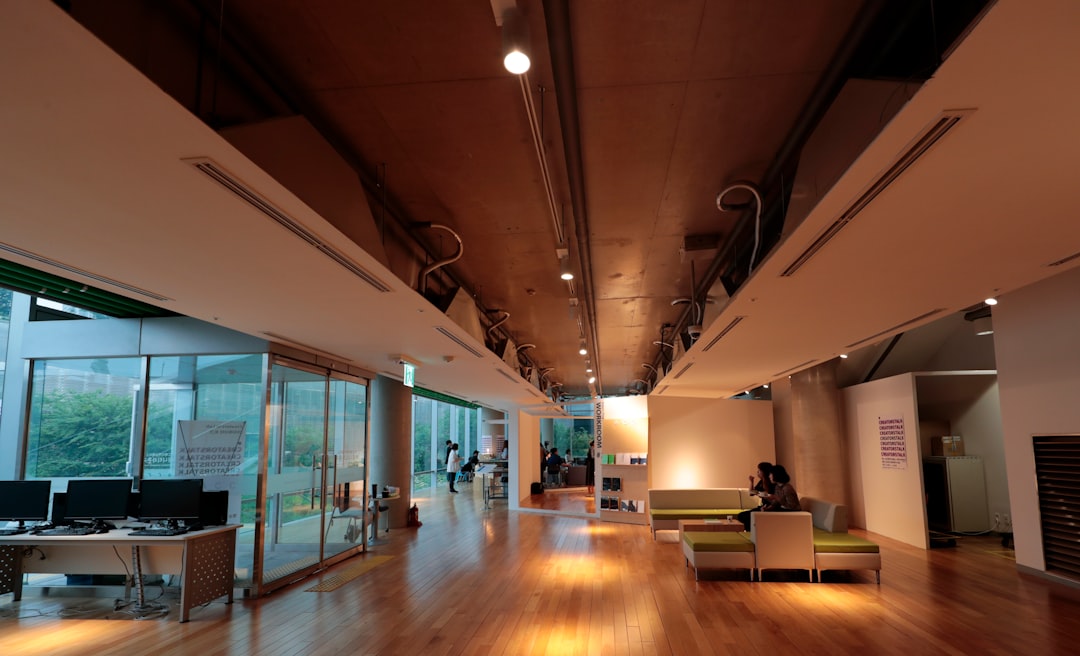What is it about?
Climate change is responsible for many natural disasters, such as floods and storms. Such natural disasters affect transportation infrastructure worldwide. But, they have not been considered in the transportation asset management (TAM) process, which operates, maintains, and upgrades transport facilities. This makes such facilities vulnerable to climate change. As a result, TAM must account for such effects to make the transport infrastructure more robust. In this paper, the authors provide a step-by-step TAM framework to deal with this issue. The framework analyzes climate change scenarios, and calculates the risk of transport failure as a result. This, in turn, influences the decisions for managing such transport facilities. The authors test their framework on a bridge in New Orleans, which experienced high levels of storm surge during Hurricane Katrina. They show that their method can help estimate the risk of bridge failure and is useful for guiding management decisions.
Featured Image

Photo by Kelly Sikkema on Unsplash
Why is it important?
Extreme weather conditions have become more frequent and severe due to climate change. This can cause transportation infrastructure to fail, since they are not built to be robust against climate change. Due to this, TAM must include the wear and tear caused in these facilities by extreme weather. This study shows that it is necessary for management decisions to adopt a framework that considers such climate change risks. KEY TAKEAWAY: TAM practices should include a risk assessment approach related to the climate effects on transportation infrastructure. This will make such facilities more resilient to climate change. This research relates to the following Sustainable Development Goals: • SDG 13: Climate Action • SDG 11: Sustainable Cities and Communities • SDG 9: Industry, Innovation, and Infrastructure
Read the Original
This page is a summary of: Integrating the Risk of Climate Change into Transportation Asset Management to Support Bridge Network-Level Decision-Making, Journal of Infrastructure Systems, March 2021, American Society of Civil Engineers (ASCE),
DOI: 10.1061/(asce)is.1943-555x.0000590.
You can read the full text:
Resources
SDG Showcase: Goal 13 – Climate Action
More plain language summaries of research relevant to Sustainable Development Goal 13: Climate Action – brought to you by the SDG Knowledge Cooperative
SDG Showcase: Goal 11 – Sustainable Cities and Communities
More plain language summaries of research relevant to Sustainable Development Goal 11: Sustainable Cities and Communities – brought to you by the SDG Knowledge Cooperative
SDG Showcase: Goal 9 – Industry, Innovation and Infrastructure
More plain language summaries of research relevant to Sustainable Development Goal 9: Industry, Innovation and Infrastructure – brought to you by the SDG Knowledge Cooperative
ASCE Sustainable Development Goals Showcase
More plain language summaries of research relevant to ASCE's Sustainable Development Goals
SDG Knowledge Cooperative
More plain language summaries of research relevant to all the Sustainable Development Goals.
ASCE Climate Change Showcase
More plain language summaries from ASCE relevant to Climate Change
Climate Change Showcase
More plain language summaries of research relevant to Climate Change
Contributors
Be the first to contribute to this page










